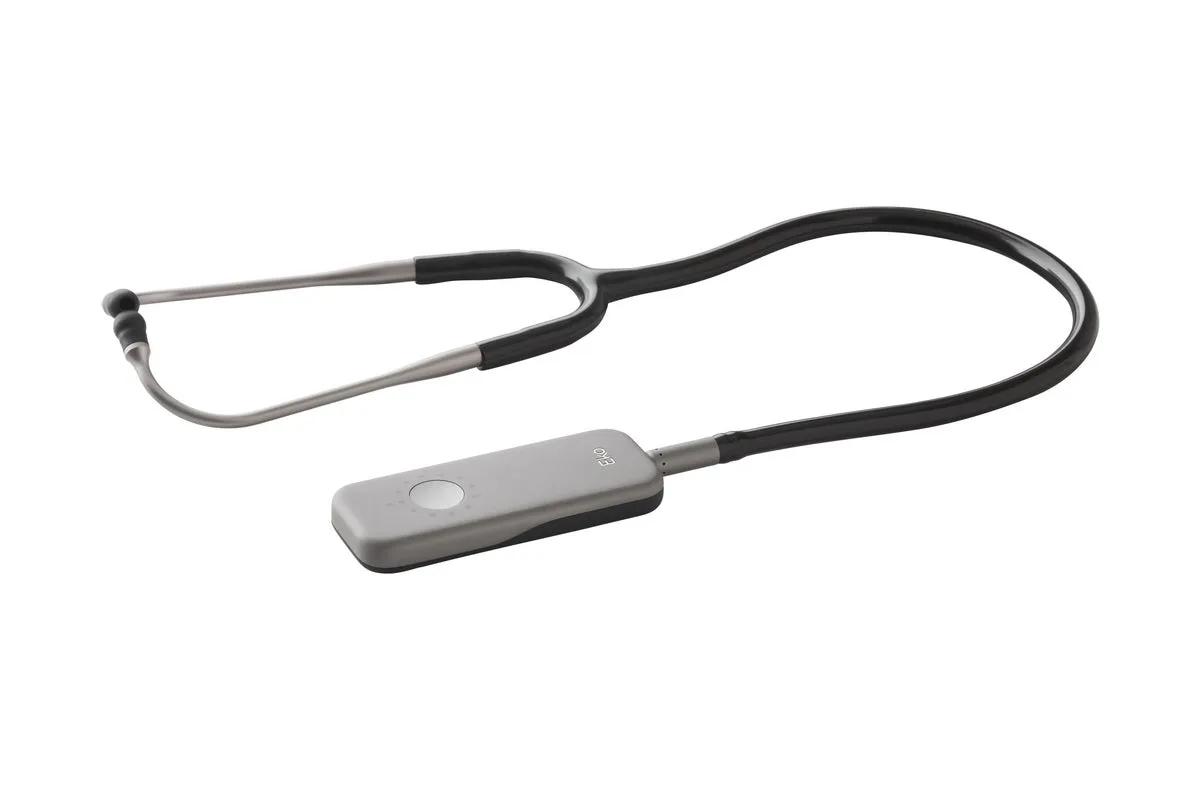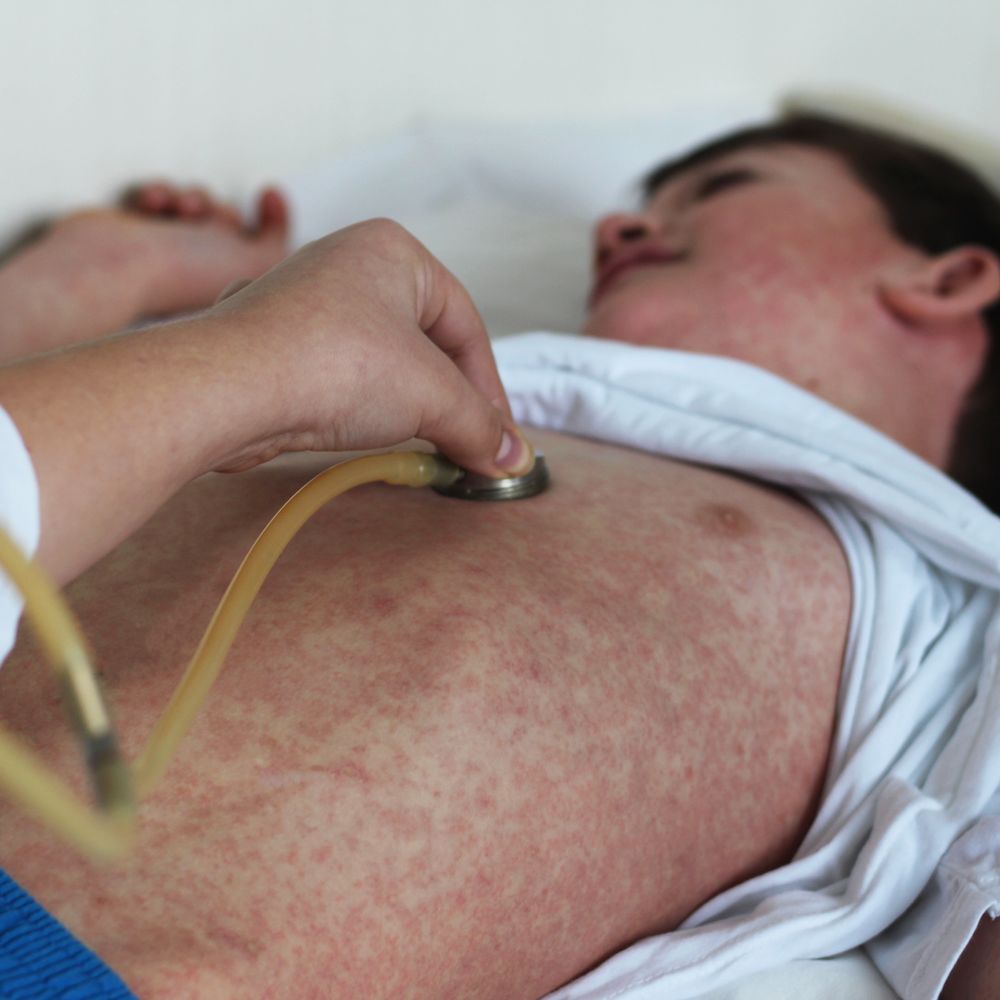Being able to recognize stomach pain after a meal, which can be a symptom of many different diseases from reflux to pancreatitis, is of great importance in treatment. Here are the things to watch out for.
Everyone has experienced stomach pain after eating at least once. Stomach pain often occurs with a feeling of heaviness, belching, and heartburn. Stomach pains can indicate problems with the digestive system and other organs and can be the result of stress or overeating.
We investigated what causes stomach pain after eating, what diagnostic and treatment methods can be used for these symptoms, and what measures can be taken to prevent nausea.

CAUSES OF STOMACH PAIN AFTER MEAL
Stomach pain is usually felt in and around the stomach, but sometimes the pain can radiate not only to this area, but also to the left and right areas.
Pain in the stomach after eating can be associated with many different health problems. Functional pain occurs with overeating, stress, and consuming foods that irritate the digestive system. If the triggering factor is removed, functional disorders may disappear on their own. On the other hand, diagnosis and timely treatment are required to prevent pain, development of complications and progression of the disease in different disorders.
Depending on the cause, form and stage of the disease, pain in the stomach after eating occurs immediately or after a while, they have different intensities, they regularly disturb the person.
Here are the most common causes of pain after eating:
Gastritis
Inflammation of the gastric mucosa is caused by improper diet, Helicobacter pylori, autoimmune diseases and viral infections. In the early stages, the disease is usually asymptomatic. Painful sensations occur when the sensitivity and mobility of the stomach is disturbed due to inflammation.
Pain in gastritis usually occurs a few minutes after eating and does not radiate much. In addition to pain, patients with gastritis feel pressure and heaviness in the stomach after ingesting any amount of food.
Reflux
Gastroesophageal reflux disease (GERD) occurs when the functioning of the esophageal sphincter, the muscle ring between the esophagus and stomach, is disrupted. In reflux, the acidic contents of the stomach partially return to the esophagus. This condition is accompanied by a burning sensation, pain behind the rib cage, a feeling of heaviness in the stomach, acidity and bitterness in the mouth.
Ulcer
Chronic inflammation of the stomach and duodenum with the formation of ulcers is a dangerous recurrent disease. With a peptic ulcer, pain in the stomach occurs at different times: the pain can occur at night, immediately after a meal or 2-3 hours later. Pain can also occur on an empty stomach and disappear after eating. The pain is usually intense and may radiate to the left side of the chest and scapula. Often the pain is accompanied by belching and nausea.
Gluten Intolerance or Celiac Disease
In gluten intolerance and celiac disease, the human body cannot absorb gluten, a vegetable protein found in wheat, rye and barley grains. When gluten is eaten, stomach pain and indigestion occur. People with celiac disease also complain of fatigue, anemia, and weight loss.
Cholelithiasis (Gallbladder Stone)
Stone formation in the gallbladder can cause biliary colic attacks (inability to empty the gallbladder, swelling and stretching of its wall). During attacks, pain occurs especially on the right side of the body. Seizures usually begin at night and last from a few minutes to several hours. Pain lasting more than 6 hours may indicate the occurrence of acute cholecystitis or pancreatitis.
pancreatitis
Severe and persistent pain in the upper abdomen can be a sign of pancreatitis, an inflammation of the pancreas. Pain in pancreatitis usually occurs gradually and may increase gradually. The pain is often accompanied by bloating, nausea and vomiting.
Lactose Intolerance
People with lactose intolerance experience discomfort after eating anything that contains dairy products. Cheese, cottage cheese, ice cream, sour cream, chocolate, sweets, instant cereals and much more may contain lactose. The most common symptoms of lactose intolerance are gas, cramps, diarrhea, and stomach pain.
TIPS TO PREVENT STOMACH PAIN AFTER A MEAL
Proper nutrition and quitting bad habits are the most effective measures to prevent stomachache after eating. Experts recommend avoiding fatty, fried and spicy foods. Nutrition should be balanced in terms of protein, fat and carbohydrate content and should always be regular, without long intervals between meals.
If the pain is caused by increased acidity of gastric juice, a stomach medicine or regular soda may help. You can use various medications to relieve pain. If after 2-3 hours the condition has not improved, you need to urgently seek medical help. Painkillers are not recommended as they impair symptoms and prevent correct diagnosis.
Pain in the stomach after eating is a harbinger of many diseases. However, many people ignore the bothersome symptoms or take medication without consulting a doctor. If the pain recurs, a specialist should be consulted. If the pain does not go away or intensifies within a few hours, accompanied by nausea, vomiting and fever, urgent help is required.




